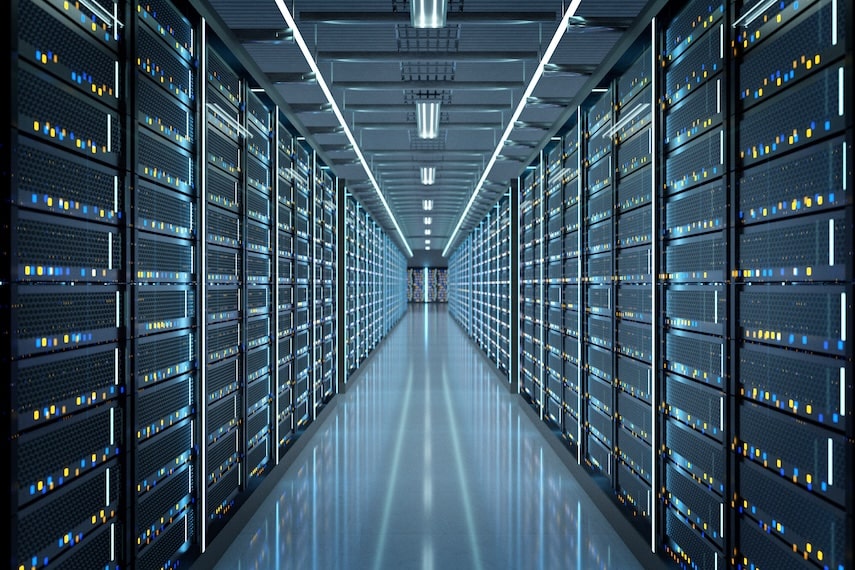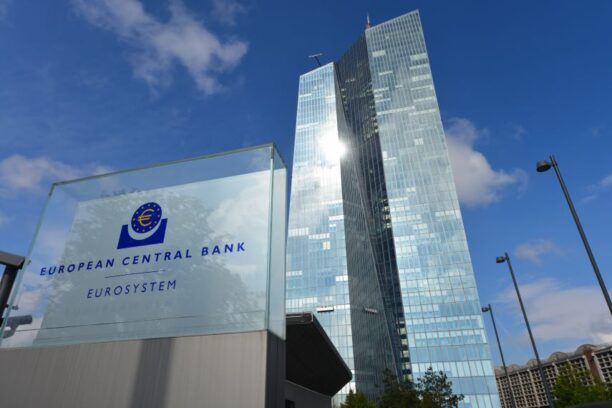A new report from MIT I blogged about last week stirred up more talk (or perhaps recognition) that we may be in an AI bubble soon to pop. That isn’t particularly surprising, but it raises questions and perhaps conflicting feelings on the part of sustainability professionals.
On one hand, it may relieve pressure related to sustainability concerns of using AI – primarily associated GHG emissions, water use and land use – in addition to data governance and social matters.
But here’s the paradox – companies building out AI data centers are also planning (or making) investments in low carbon energy technologies, many of which need the backing because they are experimental, lab-scale or require years of regulatory approval and construction. If the bubble bursts, these low carbon energy projects will die on the vine and we lose opportunities to expand deployment of successful technologies further.
The Wall Street Journal wrote earlier this week about other implications:
“Utilities see a massive opportunity in AI but realize that many proposed projects will never be built—earning them the moniker ‘phantom data centers.’”
Utilities don’t want to run the risk of building too many power plants or transmission lines. If the AI hype is overblown or the tech industry doesn’t ultimately need as much electricity as projected, other customers would get stuck with the infrastructure costs.”
And it isn’t only AI companies that will be affected beyond what WSJ mentions – those that expect future Scope 2 and 3 emissions reductions from AI data center energy technology developments will also be impacted. If you haven’t reassessed your climate assumptions, take a look at our checklist Identifying & Updating Climate Risks and Uncertainties.
Members can learn more about AI and sustainability here.
If you’re not already a member of PracticalESG, sign up now and take advantage of our no-risk “100-Day Promise” – during the first 100 days as an activated member, you may cancel for any reason and receive a full refund. But it will probably pay for itself before then.
Are you a client of one of our Partners – SourceIntelligence, TRC, Kumi, Ecolumix, Elm Consulting Group International or Impakt IQ? Contact them for exclusive pricing packages for PracticalESG.
Practical Guidance for Companies, Curated for Clarity.










